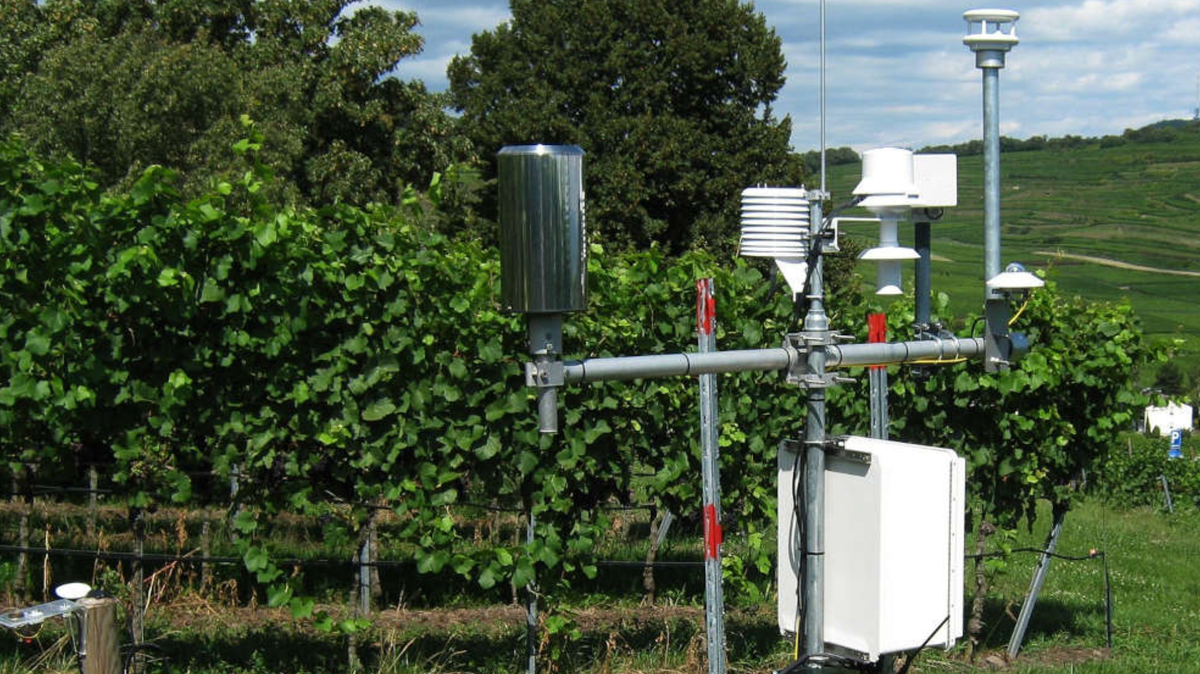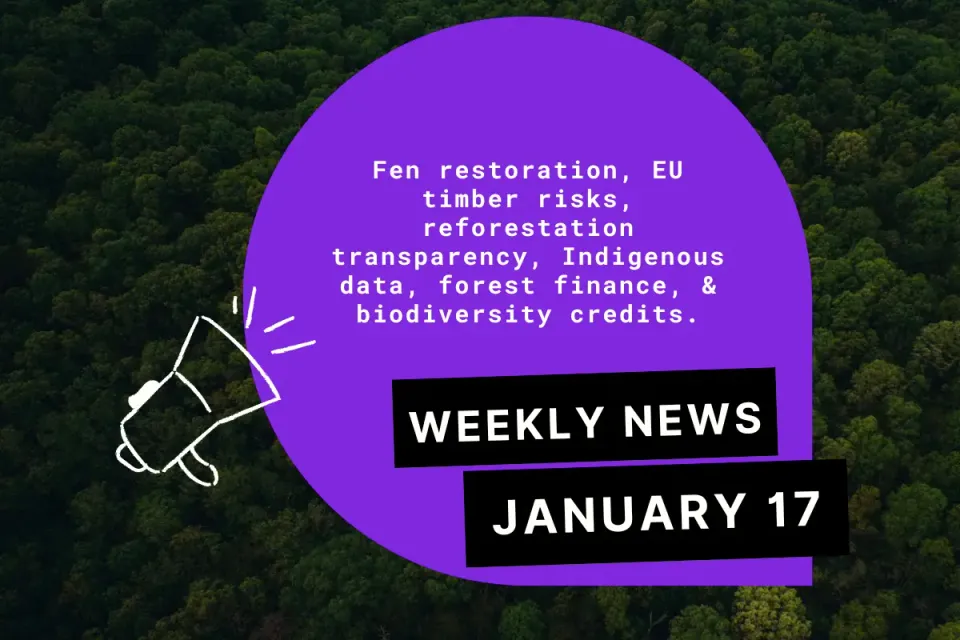AI Forecasting Equips East Africa for Extreme Weather
Traditionally, many forecasting agencies in Africa have not had access to good computational resources.

This story originally appeared in SciDev.Net
By: Dann Okoth
[NAIROBI] Climate scientists are building artificial intelligence (AI) into traditional weather forecasting methods in East Africa to improve the accuracy of extreme weather predictions with minimal cost.
Climate change is accelerating the frequency and severity of extreme weather events in places like the Horn of Africa, where recent deadly floods have succeeded the worst drought in decades.
With such great variations in weather, precise and timely forecasts are critical to safeguarding lives and livelihoods, say scientists drawn from the University of Oxford, in the United Kingdom, the UN World Food Programme, and the IGAD Climate Prediction and Applications Centre (ICPAC).
“Our enhanced ability to predict and plan for weather patterns in the region has significant implications on the region’s food security and socio-economic well-being.”Obed Ogega, climate scientist and programme manager at the African Academy of Sciences
Traditional weather forecasting models in Sub-Saharan Africa often aren’t reliable enough to predict extreme weather events accurately ahead of time, leaving vulnerable communities at risk.
By combining physical atmospheric processes used in traditional forecasting with AI, researchers say they have developed a first-of-its-kind hybrid modeling approach to give more accurate rainfall forecasts without the need for expensive supercomputers.
“We start from the traditional forecasts and add the AI model over it to correct what was not captured such that it better represents observed data,” explains Shruti Nath, a climate scientist and researcher at Oxford University’s physics department.
‘Paradigm shift’
She says this model, which only requires a laptop to run, gives local meteorological organisations a low-cost way of generating more accurate forecasts, in a region where precise observational data is often lacking.
“It is a paradigm shift,” she told SciDev.Net.
“What is really different and also interesting about this approach is that it’s the first time we have been able to use a hybrid modeling approach which means that we use AI models to fill in the traditional physical forecasting models.
“This allows better, more accurate representation of reality, particularly for regions that don’t have such good observations, like Africa.”
Traditionally, many forecasting agencies in Africa have not had access to good computational resources, Shruti told SciDev.Net.
“This approach gives them the ability to use AI to generate forecasting at very minimal computational cost.”
The model is currently being rolled out in Kenya and Ethiopia. If successful in East Africa, researchers hope to replicate it in other parts of the world facing similar challenges.
The initiative is supported by Google.org through funding and computational resources from Google Cloud.
ICPAC, which provides climate services for 11 countries in East Africa, will seek to scale the technology as well as build local ownership and trust.
Early warning systems
The researchers say the initiative could revolutionise weather forecasting and early warning systems in East Africa, making the region more resilient to the weather extremes associated with climate change.
Jesse Mason, global head of the Anticipatory Action Programme at WFP, says accurate early warnings systems are vital in disaster risk management because they allow governments and communities to take proactive steps including evacuations, to save lives and limit damage from extreme weather events.
“This proactive approach is transforming humanitarian responses, shifting from reactive to preventative measures, ultimately saving more lives and reducing costs associated with disaster relief,” he said.
Obed Ogega, climate scientist and programme manager at the African Academy of Sciences in Nairobi, Kenya, says any innovation that improves weather forecasting and early warnings is crucial for Africa, which is vulnerable to weather and climate-related impacts.
“Agriculture and related sectors, which drive East Africa’s economy, predominantly rely on rainfall,” said Ogega who is not part of the initiative.
“Hence, our enhanced ability to predict and plan for weather patterns in the region has significant implications on the region’s food security and socio-economic well-being.”
Climate ‘misinformation’
However, he stressed the need to be cautious when applying AI climate modeling in Africa where AI technology is still developing. “This is important to avoid misinformation on climate data,” he told SciDev.Net.
He also suggested strengthening the human interface in the technology, so that all the “thinking” is not left to machines alone.
“We need a human touch somewhere in the mix to double-check the data. This not only assures authenticity of the data, but also boosts confidence in the technology.”
This piece was produced by SciDev.Net’s Sub-Saharan Africa English desk
License
Okoth, D. (2024). AI forecasting equips East Africa for extreme weather. 2024, October 26. SciDev.Net. Licensed under a Creative Commons Attribution License.




